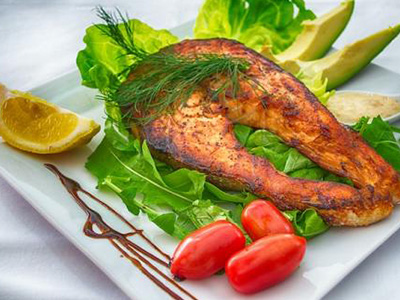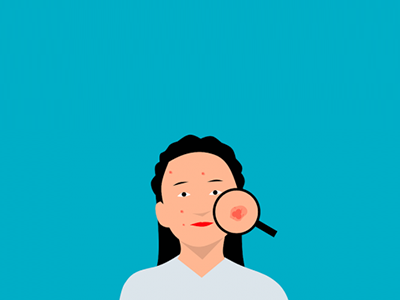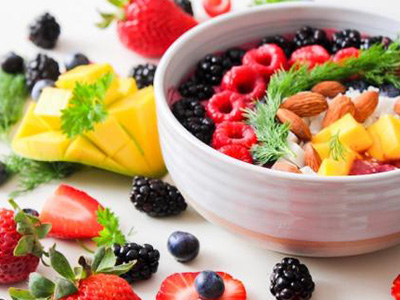The keto diet has come under much controversary. Is it good? Is it bad? Is it the magical secret to weight loss? Some people swear by it, while others condemn it. Putting aside the argument over the efficacy of keto and where to apply it, it is important to look at fat sources. In any diet or eating pattern, it is necessary to evaluate your fat sources to promote a healthy heart and reduce your risk for cardiovascular disease.
In the ketogenic diet, fat intake is significantly higher, making it imperative to monitor types of fat.
Social media feeds are flooded with “healthy” low carb recipes.
However, the lack of carbs does not always suggest that the recipe is healthy. In some of these recipes it replaces the carbohydrate rich ingredients with saturated fats such as in bacon wrapped sushi, cheese-crusted pizza, and cheese-taco shells. Increased intake of saturated fats can increase LDL-cholesterol. This type of cholesterol is commonly referred to as “bad cholesterol” and can increase risks for heart disease and stroke when elevated. Saturated fats mainly come from animal products. Animal products that are higher in saturated fat will be fatty beef, lamb, poultry with skin, lard, butter, cheese, and 2% or whole milk and milk products.1 This does not suggest you need to entirely cut out these foods, but recommends limiting them. Calories from saturated fats should be no more than 10% of your daily intake.2
























